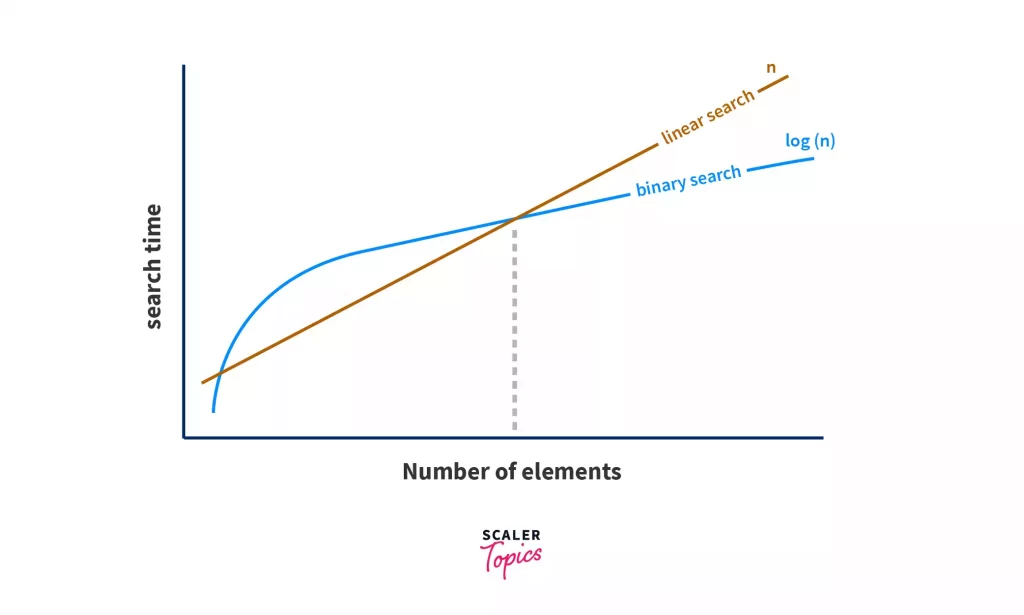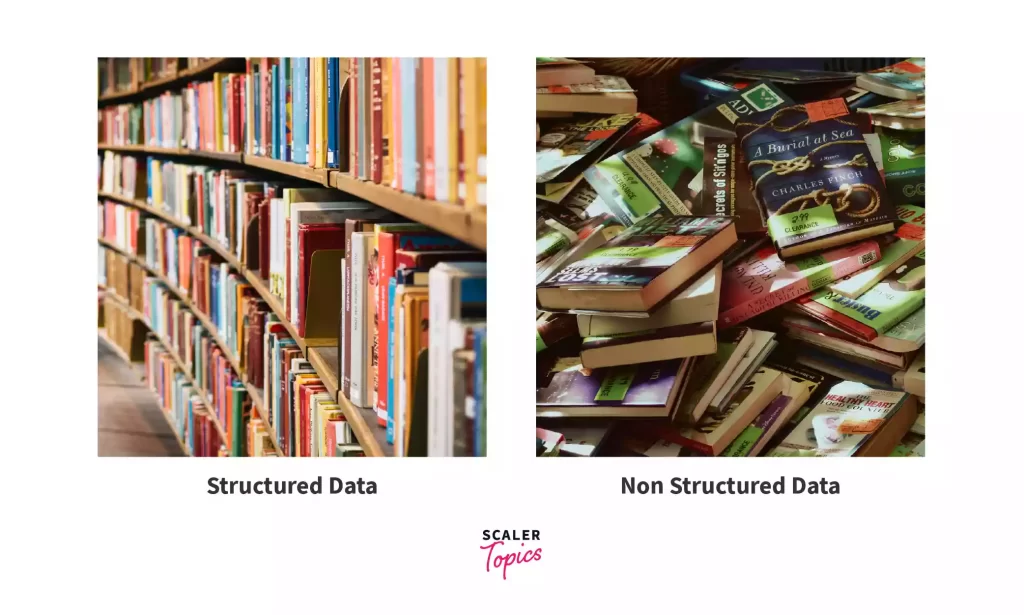Why Learn Data Structures and Algorithms?

Data structures and algorithms form the backbone of computer science, enabling efficient problem-solving and optimization of software applications. Data structures organize and store data, while algorithms provide step-by-step procedures for solving computational problems. Together, they empower programmers to create efficient and scalable solutions, making them fundamental concepts for anyone delving into the world of programming and computer science.
Data structures and algorithms (DSA) go through solutions to standard problems in detail and give you an insight into how efficient it is to use each of them. Data structures and algorithms are essential for becoming a skilled programmer since they considerably improve one's problem-solving capabilities.
What are Algorithms?
In the intricate realm of computer science, algorithms stand as the unsung heroes, silently orchestrating the efficient execution of countless tasks. An algorithm is not just a set of instructions; it's the secret sauce that transforms chaos into order, powering the digital world we navigate daily. In this article, we will embark on a journey to demystify the concept of algorithms, exploring their definition, significance, and fundamental attributes. In layman’s terms, an algorithm is a step-by-step set of instructions for doing stuff such as making an omelette, playing rugby, checking primes, and reading this blog.
An algorithm is a step-by-step set of instructions for doing stuff. Now, the question of a particular algorithm being efficient is entirely different.
Example
Let's you execute some instructions to find the sum of the first N natural numbers. It can be either by running a loop and solving the problem in linear time or by implementing the concept of arithmetic progression and solving the same in a constant time.
The latter one is a more efficient algorithm. It's simple but an algorithm nonetheless.
Even a simple program like “hello world” stands on the shoulders of algorithms, and so does complex software. Everything from washing machines to self-driving cars to every deterministic action can be expressed as algorithms.
Problem
In a dictionary, we can search for a word relatively fast instead of examining one page at a time. So, what can we do to get the word in such a short time?
As a human being, searching in a dictionary is intuitive. But if we were to peek behind the curtain of our procedure and formulate it, we would call it the ‘Binary Search algorithm‘.
A unique feature of any dictionary is that the words are sorted in lexicographical order. For the uninitiated, starting from the first page and checking until they encounter the desired word is referred to as ‘Linear Search‘ and this would have been the only approach had the dictionary not been sorted in said order.

If we are interested in finding the word ‘Chiaroscurist’, how can we leverage this sorted property of a dictionary?
Well, we will open the dictionary in the middle and check the first word. If it starts with ‘k, ' then we know our word lies is on the left half since ‘c’ comes before ‘k. ' So we have eliminated around the entire right half with one check. We repeat the process for the left half and eventually find ‘c’ and our word.
We call binary search a binary in the first place because we have two choices at every iteration: up-down, left-right, low-high, and so on.
6 Reasons Why Learn Data Structures and Algorithms
Data Structures are nothing but “meaningful” arrangements of data that algorithms can use to solve any particular problem!
A library is a data structure. It can store books by their metadata, such as the genre. Hospital records are data structures, and so are phone directories.
Any database of records is inherently a data structure.

These data structures are often categorized into two groups based on their structures:
-
Linear Data Structure
- Array, Linked Lists, Stack, Queue, etc.
-
Non-Linear Data Structure*
- Trees, Graphs, Heaps, etc.
For instance, a queue is a linear data structure implemented on top of its ADT (Abstract Data Type), and this concretion must maintain the First In First Out (FIFO) ordering of elements. It means the first person to get in the queue would be the first person to get out of the queue.
A real-world standing queue might have inspired this idea of a queue abstract data type in front of a grocery store counter or similar scenarios.

Essentially, a queue must support insertion (enqueuing) at the rear end and deletion (dequeuing) at the front.
Naturally, different languages like Python, And C++ will have their implementation of the queue and a lot more features on top of that ADT.
Following are some primary reasons why we should focus on learning data structure and algorithms -
1. DSA Makes Your Code Scalable
Learning data structures and algorithms equips you with the ability to design code that scales efficiently. Efficient algorithms and well-chosen data structures can significantly impact the performance of your software, ensuring it remains responsive and capable of handling increasing amounts of data without sacrificing speed.
2. DSA Enables You to Solve Real-world Problems
Data structures and algorithms are the tools you need to tackle real-world problems effectively. Whether it's managing large datasets, optimizing search and retrieval operations, or designing systems with resource constraints, a strong foundation in DSA allows you to approach and solve a wide range of practical challenges.
3. DSA Helps in Writing Optimized Code
Optimized code is not just about achieving the desired functionality but also about doing so efficiently. DSA provides you with the knowledge to choose the right algorithms and data structures for a given task, leading to faster code, using less memory, and being more resource-efficient.
4. DSA Opens Up the Path to Becoming a Computer Scientist
Proficiency in data structures and algorithms is a cornerstone of computer science. Understanding the underlying principles allows you to think like a computer scientist, approaching problems analytically and developing elegant, efficient solutions. It's a crucial step in mastering the broader field of computer science.
5. DSA Improves Adaptability to Emerging Tech Stacks
The tech landscape is dynamic, with new languages and frameworks emerging regularly. However, the core principles of DSA remain constant. By mastering these fundamentals, you not only become adaptable to changes in technology but also gain the ability to quickly understand and apply new tools and technologies as they arise.
6. DSA Helps You Crack the Top Tech Companies
Leading tech companies, known for their rigorous interview processes, often include DSA assessments. Proficiency in data structures and algorithms is a common requirement for technical interviews at companies like Google, Facebook, and Amazon. A strong foundation in DSA increases your chances of success in landing positions at these coveted organizations.
In conclusion, learning data structures and algorithms is not just a requirement for academic pursuits; it's a practical and essential skill set that opens doors to efficient coding, problem-solving, and exciting career opportunities in the ever-evolving field of computer science.
Examples of an Algorithm's Efficiency
-
Example 1: Age Group Problem Navigating through age-ordered data, the quest for individuals within a specific age group unveils the contrasting scalability of algorithms. The naive approach, scrutinizing each person individually, adheres to linear scalability. In stark contrast, a modified binary search algorithm tailored for sorted datasets showcases logarithmic scalability. As the dataset size multiplies, the time taken by binary search grows logarithmically, ensuring efficiency. For instance, if it takes 1 second to find individuals of a certain age in a group of 1000, the same algorithm would only take 2 seconds for a group of 1 million, while the naive approach could consume a staggering 12 days.
-
Rubik's Cube Problem Crafting a program to conquer the Rubik's Cube, a puzzle with a mind-boggling 43,252,003,274,489,856,000 positions, seems daunting. Yet, the graph data structure provides a streamlined solution. Enter Dijkstra's algorithm, a magical wand that propels us from any position to the solved state in linear time. This algorithm's efficiency unravels the puzzle's complexities by finding the shortest path among the myriad of permutations. The Rubik's Cube, once an enigma of possibilities, succumbs to the elegance of Dijkstra's algorithm, showcasing the power of graph-based problem-solving in a mere blink of computational time.
Conclusion
- A data structure is a way of organizing and storing data to facilitate efficient manipulation and retrieval. Refer To Learn More.
- An algorithm is a step-by-step set of instructions designed to solve a specific computational problem or perform a task.
